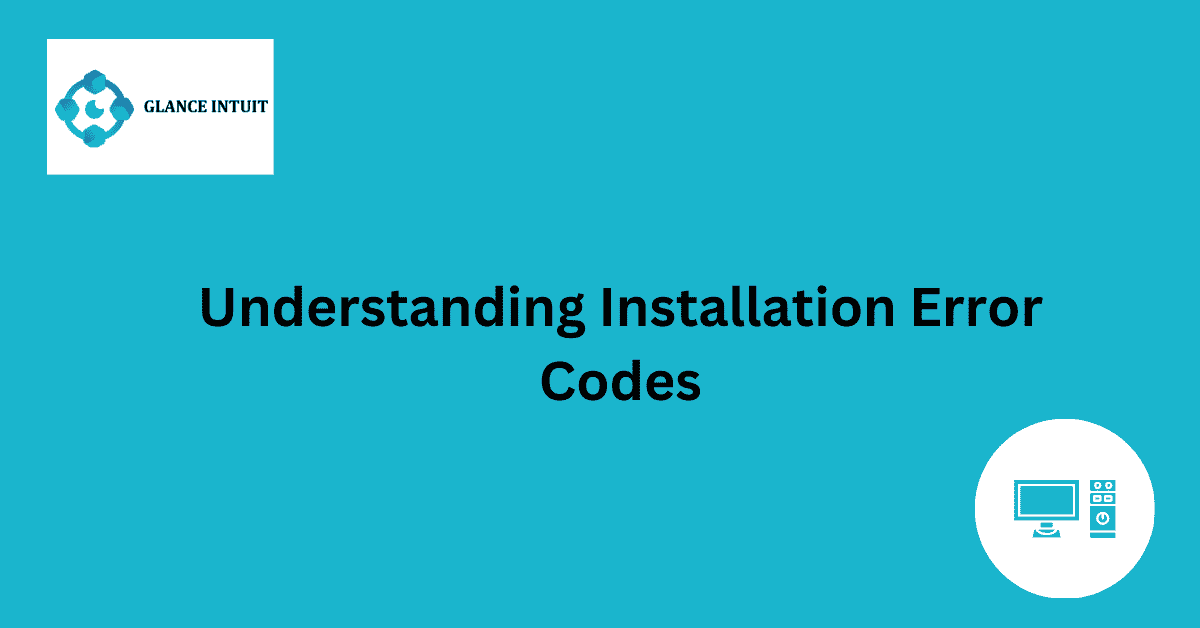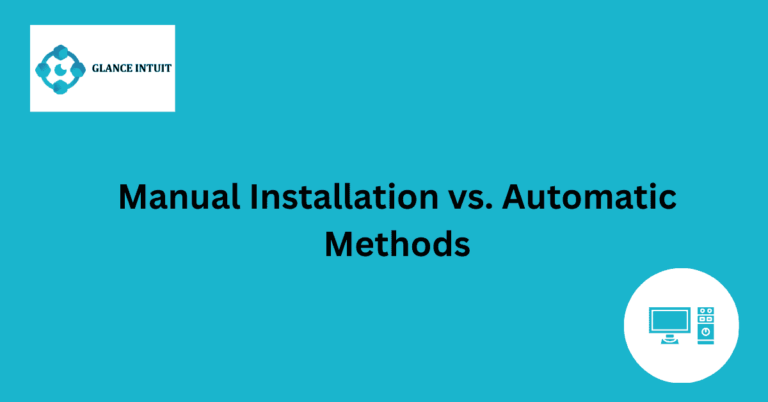Understanding Installation Error Codes
Installation error codes can be frustrating to encounter, especially when trying to set up new software or applications. These codes often appear as cryptic combinations of numbers and letters, leaving users puzzled about what went wrong. Understanding installation error codes is essential for troubleshooting and resolving issues efficiently. By deciphering these codes, users can pinpoint the root cause of the problem and take appropriate actions to fix it.
Being familiar with common installation error codes can save time and prevent unnecessary stress. Whether it’s a missing file, compatibility issue, or configuration error, knowing how to interpret these codes can streamline the troubleshooting process. Stay informed about installation error codes to navigate through technical challenges smoothly and ensure a seamless setup experience.
Installation Error Codes Overview
Installation error codes are common issues that users encounter when setting up software or applications on their devices. These error codes serve as indicators of what went wrong during the installation process, helping users troubleshoot and resolve the issues effectively.
Common Types of Installation Error Codes
There are various types of installation error codes that users may come across, such as error 404, error 500, and error 50Each code signifies a different problem in the installation process, ranging from missing files to server issues.
Importance of Understanding Error Codes
Understanding error codes is crucial for users as it enables them to diagnose and fix installation issues promptly. By deciphering these codes, users can take appropriate actions to ensure a successful setup and avoid further complications.
Efficient Troubleshooting Techniques
Effective troubleshooting techniques involve analyzing error codes, checking system requirements, and verifying installation steps. Users can also seek help from online forums, support teams, or technical documentation to resolve complex issues.
Preventing Installation Errors
Prevention is key to avoiding installation errors. Users can prevent errors by ensuring their devices meet the software’s requirements, disabling conflicting programs, and following installation instructions carefully.
Guidelines for Deciphering Error Codes
Deciphering error codes requires users to research and understand the meaning behind each code. Online resources, forums, and troubleshooting guides can help users interpret error messages accurately.
Resolving Installation Issues Effectively
To resolve installation issues effectively, users should follow a systematic approach by identifying the root cause, applying appropriate solutions, and testing the software after troubleshooting. This process ensures a smooth installation experience.
Benefits of Error Code Familiarity
Being familiar with error codes provides users with confidence in handling installation issues independently. It empowers users to take control of their software setup process and enhances their overall technical skills.
Streamlining the Setup Process
Streamlining the setup process involves optimizing installation procedures, automating repetitive tasks, and providing clear instructions to users. By streamlining the setup process, users can save time and reduce the likelihood of encountering installation errors.
Frequently Asked Questions
Our Frequently Asked Questions section aims to provide detailed answers to common queries about this topic.
What are installation error codes?
Installation error codes are specific codes that indicate issues encountered during the installation process of software or hardware. These codes help users and technicians identify and resolve the underlying problems affecting the successful installation of a program.
How can I troubleshoot installation error codes?
When faced with installation error codes, it is essential to first identify the specific error code displayed. Then, users can refer to the software or hardware documentation to understand the meaning of the error code and follow recommended troubleshooting steps to resolve the issue.
Why do installation error codes occur?
Installation error codes can occur due to various reasons, including incomplete downloads, corrupt installation files, insufficient system requirements, conflicting software, or issues with the installation process itself. Understanding the root cause of the error code is crucial in troubleshooting and resolving the issue.
Are there common installation error codes that users encounter frequently?
Yes, some installation error codes are more commonly encountered by users, such as error code 0x80070643, error 0x80070002, error 0x80240017, and error 0x8024200D. These codes often indicate specific issues related to software installations on Windows systems and require tailored solutions for resolution.
How can I prevent installation error codes in the future?
To prevent encountering installation error codes in the future, users can take proactive steps such as ensuring a stable internet connection during downloads, verifying system requirements before installation, updating software regularly, and following recommended installation procedures provided by software developers.







